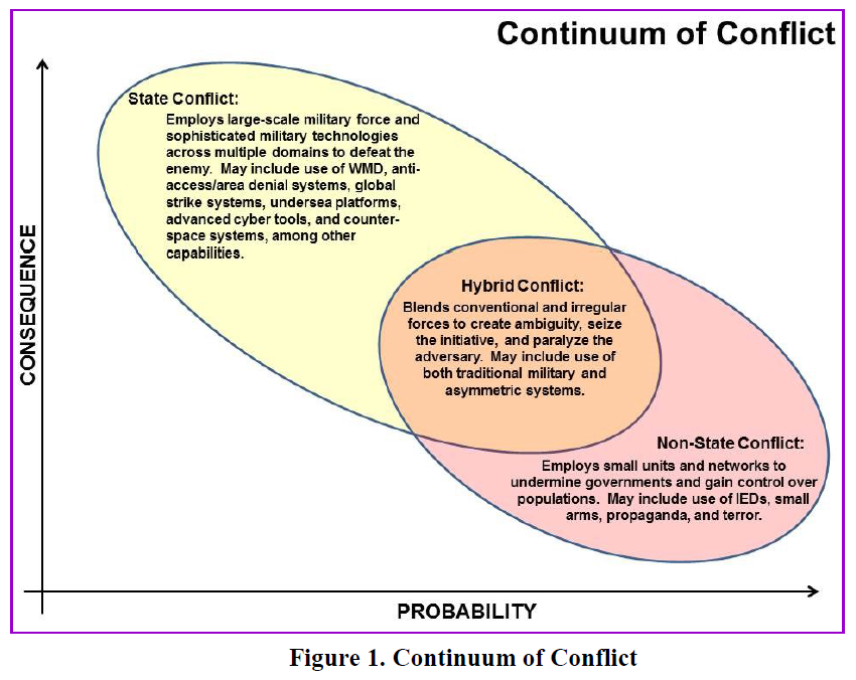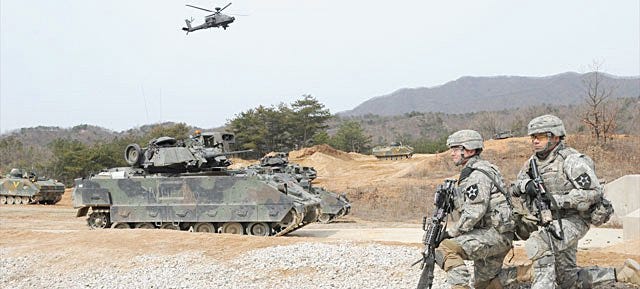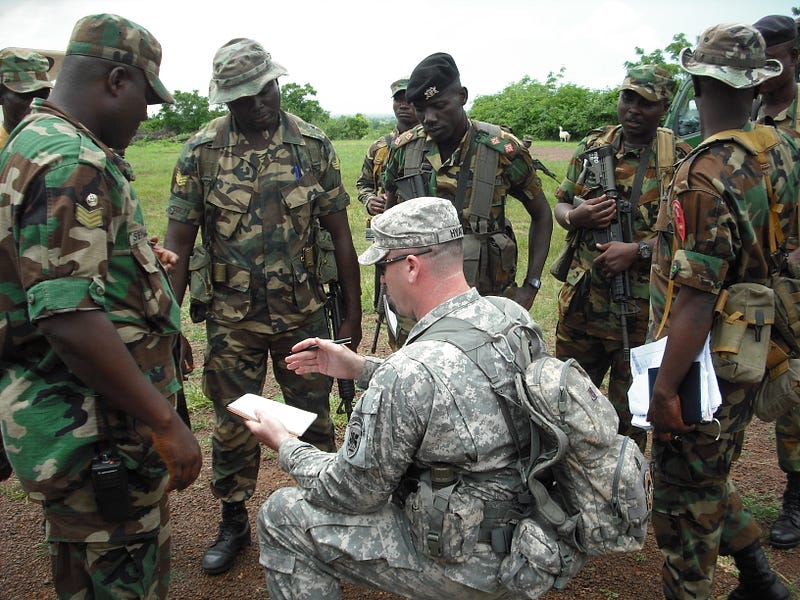US and Polish soldiers work together while loading a Polish missile system during exercise Panther Assurance 2015, March 21 | Photo by Sgt. 1st Class Randall Jackson, 10th AAMDC Public Affairs
The outgoing Secretary of the Army and the recently retired Chief of Staff of the Army published a new vision for the Army that calls for a wider focus to meet a broader range of demands. After previous wars, the Army has shrunk in size; but in today’s security environment the demand for forward American military presence has actually been higher than any other post war period. The Army Vision focuses on how the Army must innovate to meet today’s steady state demands and the challenges of conflict in the future.
To that end, The Bridge has been kind enough to host a series on the Army Vision and its impact on the changing landscape for land forces in the future. Emerging from over a decade of war and facing significant budgetary pressures, the Army is now focused on evolving and transforming itself to meet tomorrow’s challenges while addressing current demand.
With the changing of Army senior leadership and the recent release of General Dempsey’s National Military Strategy, there is both an opportunity and a need to examine the Army Vision and its inherent assumptions, including: Should the new Army Secretary and Chief of Staff continue down this path described by their predecessors? Are the unique roles of the Army defined in the Army Vision the only contributions of the Army to the Department of Defense? Do the characteristics in the Vision help the Army evolve enough to meet the demands of the future security environment?
Demand and the Security Environment
The key to identifying how the Army must change is to first understand what type of future security environment it will likely confront. Much like in the past, future challenges will run the gamut, from non-state actors that export terrorism and undermine existing states to regional powers that will exercise more traditional military force. However, due to the proliferation of technology, the widespread and effective use of social media, and the increasing inability of states to adequately govern, non-state actors are growing more powerful, acquiring state-like tools and blurring the line between conventional and irregular types of conflict.
On the other end of the spectrum, technologically-advanced near-peer states such as Russia are demonstrating an increased willingness to use military force, in addition to other diplomatic, economic and communication tools, to intimidate and control the behavior of their neighbors. Furthermore, increased competition for food, water and energy within countries and regions with sprawling urban populations will likely result in greater instability and lower-level intra- and interstate conflicts. The impacts of climate change and severe weather patterns may lead to humanitarian crises, including the destabilization of countries, mass population migrations and disease epidemics. Lastly, the potential proliferation of weapons of mass destruction to rogue states or terrorist groups is an all-too-real possibility.
…in the coming years there is no clear singular threat or demand.
While in the past the Army has chosen to plan for a specific enemy or type of warfare, the envisioned future security environment will not allow that luxury. Unlike during the Cold War when the United States was able to focus almost exclusively on deterring and defeating the Soviet Union, and our recent history when our primary focus has been on stability and counterinsurgency threats in Iraq and Afghanistan, in the coming years there is no clear singular threat or demand. Instead, we face a complex future security environment with multiple unpredictable challenges and requirements. Technologically-advanced adversaries, both states and non-state actors, will severely test our traditional military advantages while presenting new challenges, most notably in the cyber realm.
The proliferation of weapons of mass destruction since the end of the Cold War has made it increasingly likely Army expertise will be needed to rapidly deploy to seize weapons of mass destruction with little notice or information. Finally, future conflicts in which the United States is likely to be involved will take place in environments within which influencing populations will be both the most challenging and most important component for achieving our strategic goals, a role for which the Army is ideally suited. As the Nation’s primary military means to secure strategic gains on land, the Army will likely be deployed in more places, executing more missions than ever before.

…the Army of 2025 must be designed, trained, equipped and led to better enable an effective response to a broader range of threats and demands.
While no one knows when or which of these challenges will arise — or if an entirely different threat will emerge — the Army must be ready to answer the Nation’s call. Responding to a diverse set of future challenges, however, will require transforming the Army in a manner that does not rely too heavily on past experiences or outdated processes. Instead, due to the complexity of the future environment and its potential demands, the future Army must be designed, trained, equipped and led to better enable an effective response to a broader range of threats and demands.
This will require building on the Army’s long history of adaptation and strong leadership to change and evolve the Army, including its people, organization, and culture. It will require both relearning high-intensity conflict skills that have atrophied in recent years — a definite focus of the new Army Chief of Staff — and retaining and building on those skills the Army has acquired in Iraq and Afghanistan to enhance our ability to execute operations within and among populations. Above all, the Army must ensure that no particular set of skills is overly-prioritized or undervalued as a “lesser-included” subset of another, as a combination of these skills will likely be necessary to achieve victory.
To make this transformation, the military as a whole must increase the investment in people.

To make this transformation, the military as a whole must increase the investment in people. In recruiting, training, and developing soldiers and civilians, the Army must ensure they are more agile in responding to changing circumstances, expert in their missions, and innovative in their solutions.
Changing will also require investing in and changing Army units. Interoperability must be increased with other services and government agencies, the Army must improve their capability to rapidly deploy and sustain operations globally, and they must enhance the ability to tailor forces for particular missions. Essential to all these changes is developing a versatile and balanced force that provides a broad range of capabilities across all of our components (Active Army, Army Reserve, and Army National Guard) to the President and the nation to meet emerging demand while balancing priorities.

Today’s Army is the most highly-trained, expert and professional force in the world and the greatest force in our proud, 240-year history. Change, however, is necessary and essential for the Army and for the safety and security of the Nation. The Army Vision 2015–2025: Strategic Advantage in a Complex World is the guidance for building the Army the nation needs today and in the future. If the United States fulfills this vision, I believe the Army will be able to continue to confidently and faithfully say:
This we’ll defend.
Leo Cruz, is a Partner with the Truman National Security Project, a former U.S. Naval Officer who served in Operation Iraqi Freedom, and a Defense Fellow in the Office of the Deputy Under Secretary of the Army and provided support in the drafting of the Army Vision, however the views expressed here are the author’s alone and do not reflect those of the U.S. military or the Department of Defense.
No comments:
Post a Comment